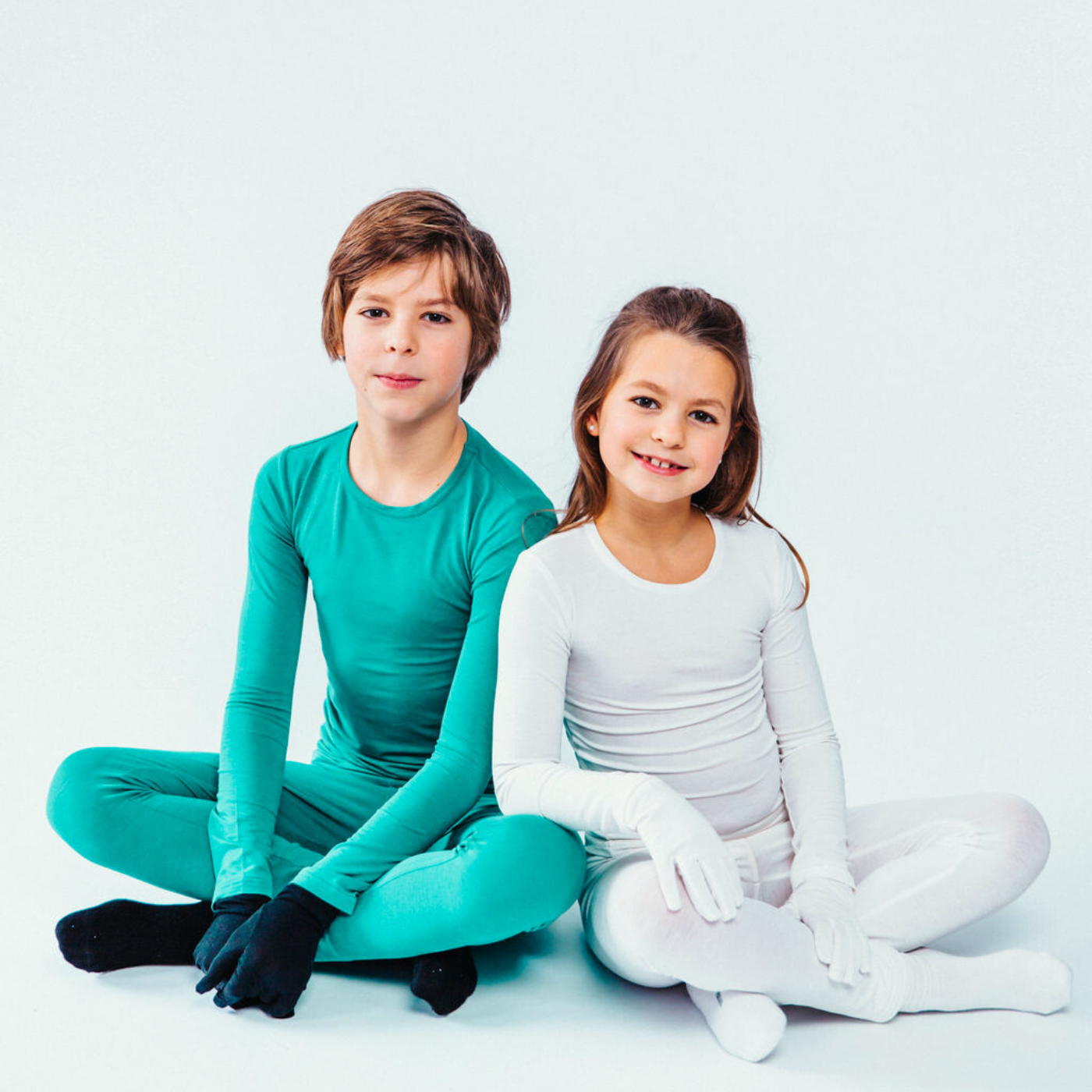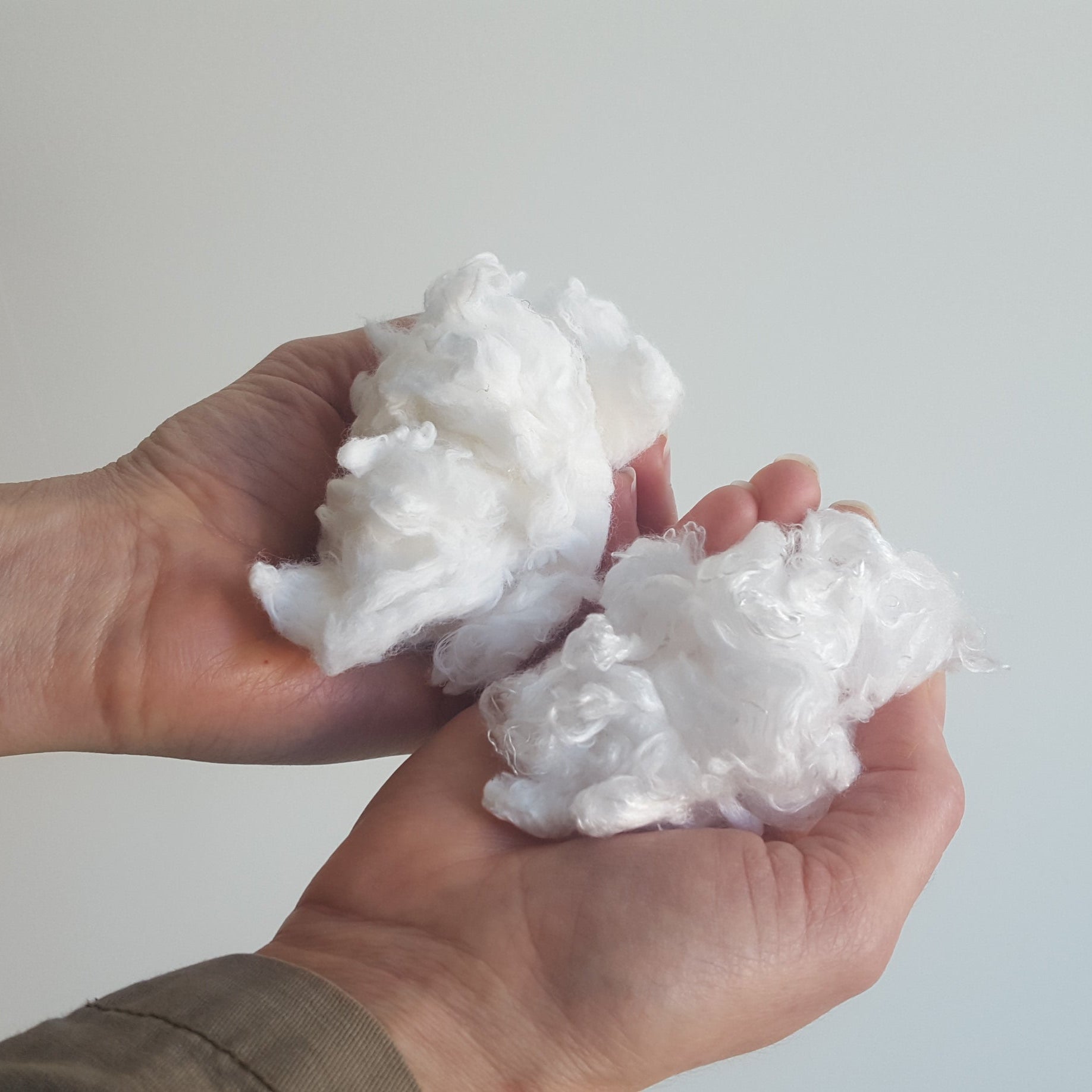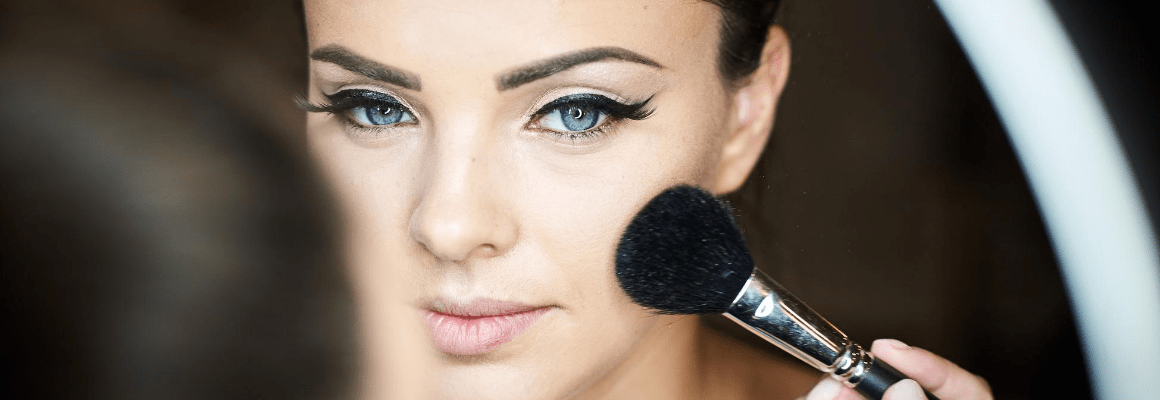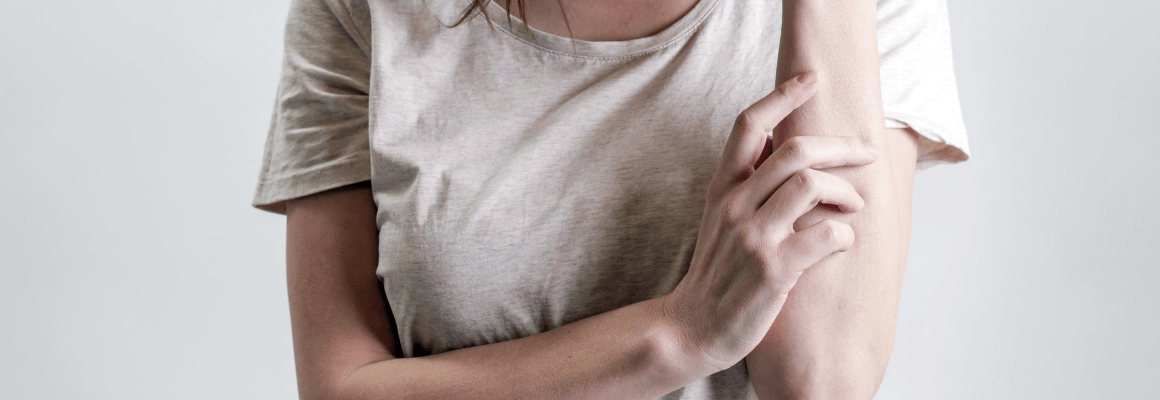Exercising is important for maintaining overall health and well-being. However, if you suffer from eczema, this can be difficult because overheating and sweating can lead to irritation and flare-ups.
Yes: sweat-induced eczema is real. In this blog post, we’ll go over some ways you can manage your sweat so that you can exercise without worsening your skin.
Eczema and Exercise
When you exercise, you’re likely going to sweat. Sweat is the body’s way of regulating its temperature so that you don’t overheat. But while the surface of your skin gets the cooling relief it needs, the dried sweat left on your skin also leaves a salty residue. This is because of the sodium found in perspiration. Not only can this lead to dehydration, but it can also lead to stinging and itchiness. For those with eczema, this can lead to a flare-up, especially if itchiness leads to scratching.
Tips for Exercising with Eczema
Take Regular Breaks: Extreme temperatures are one of the main causes of eczema flare-ups. To avoid overheating, be sure to allow yourself a breather by taking regular breaks. It might also be a good idea to split up your workout to give your body time to cool off.
Exercise Smart: It’s important not to overexert yourself. Listen to your body. If you find that it’s too hot outside, skip the run and work out on your treadmill instead. If you really want to go running, then schedule your workout when the air will be cooler such as early in the morning or later in the evening.
If you’re experiencing a flare-up, there’s nothing wrong with taking a few days off to allow your skin to calm down or lessen the intensity of your workout. Alternatively, you can choose to stay fit by doing low-impact workouts such as pilates, tai-chi, yoga, or weight-training. Not only are these beneficial for your body, but they also benefit your mind.
Drink lots of Water: It’s always important to stay hydrated when exercising but if you have eczema, it’s even more important since you naturally have drier skin. Be sure to drink plenty of water before, during, and after your workout. Staying hydrated will dilute the sodium in your sweat and this means your irritation is less likely to be severe.
Shower and Moisturize Right Away: It’s a good idea to shower immediately after exercising. This allows you to wash off your sweat and prevent the sodium from sticking to your skin and exacerbating your eczema symptoms. We recommend taking a cool shower as hot water can actually irritate eczema-prone skin.
After showering, be sure to follow up by applying a nourishing cream or moisturizer. This will help replenish your skin and restore hydration. Our favorite is this Organic Manuka Skin Soothing Cream because it’s rich in emollients and sure to moisturize even the driest of skin. Plus, it’s made with all-natural ingredients - including manuka honey, beeswax, and tea nut-free oils - it’s perfect for those with sensitive skin.
Wear the Proper Clothing: Before working out, it’s important to choose your workout clothes strategically to reduce the risk of irritation. Those with eczema-prone skin should avoid fabrics like nylon, spandex, or latex as these typically aggravate eczema. The best clothing for eczema is soft and breathable.
We love this Remedywear™ Long Sleeve Shirt because it protects the arms, chest, stomach, and back with a form-fitting layer of protection. Combine with these Remedywear™ pants to protect the legs, calves, thighs, hips, or buttocks. All Remedywear™ garments are made with TENCEL and anti-bacterial zinc. WIth natural moisture-wicking properties, they’re perfect for helping prevent sweaty irritation or chafing. Plus, they offer supreme breathability!
References:
https://nationaleczema.org/eczema-exercise/
https://nationaleczema.org/exercising-eczema/
https://www.healthline.com/health/atopic-dermatitis/exercising-with-atopic-dermatitis










